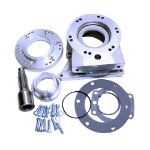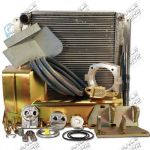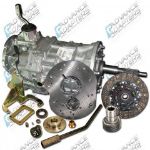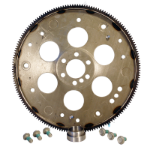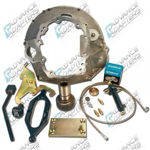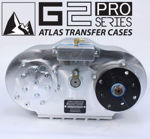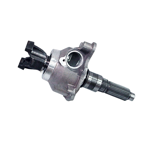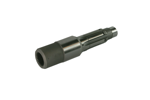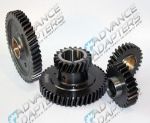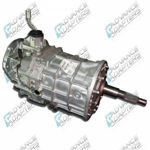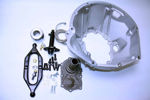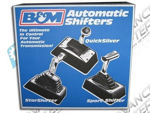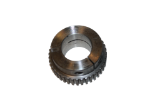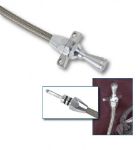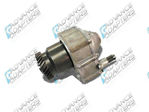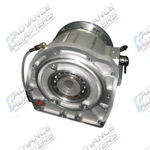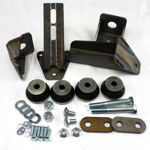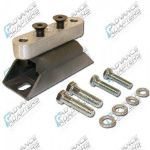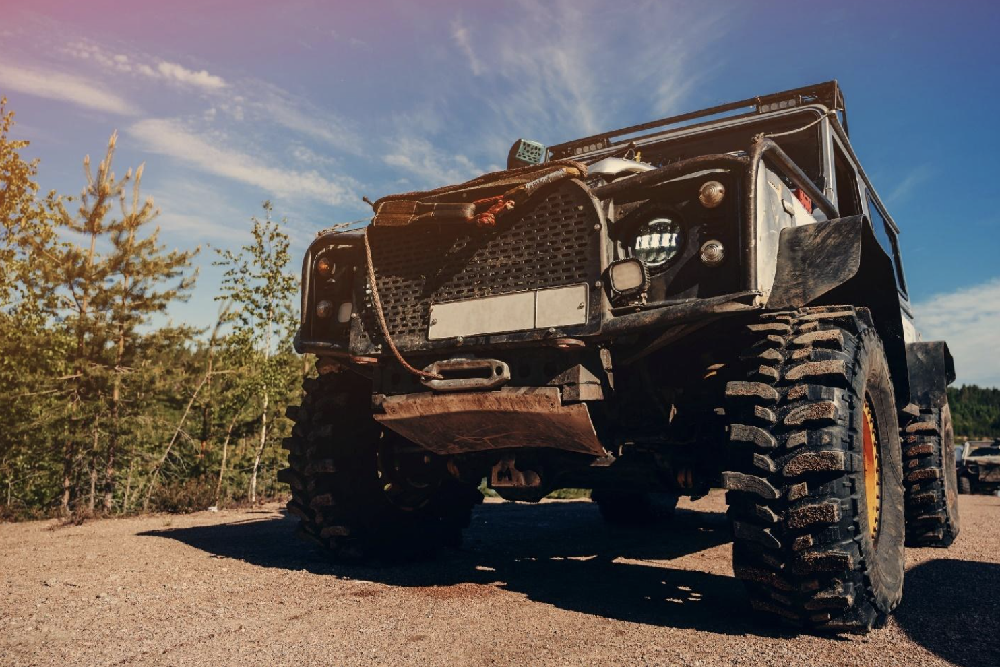
Having the proper gearing ratio in a vehicle will give you the best combination of torque delivery, speed and fuel efficiency. Advance Adapters has previously discussed how gear ratios affect off-road performance from a general perspective. Today, we want to get more in depth about terrain affects gear ratio choice. While many factors go into picking a gear ratio, including your engine and tire size, driving terrain is arguably the biggest factor.
A Quick Recap of Gear Ratios and Performance
For those who are unfamiliar with how gear ratios change a vehicle’s performance, here’s a quick recap:
- Lower numerical gear ratios offer more top speed, better fuel economy and less wheel slippage.
- Higher numerical gear ratios offer better torque delivery, improved acceleration and more control.
- The final drive ratio (FDR) is the best performance indicator; it’s calculated by multiplying the transmission, transfer case and differential (axle) gear ratios.
In what feels like an oxymoron, a lower numerical ratio is considered a “high gear,” and a higher numerical ratio is considered a “low gear.” For simplicity, we’ll talk in terms of numerical ratios.
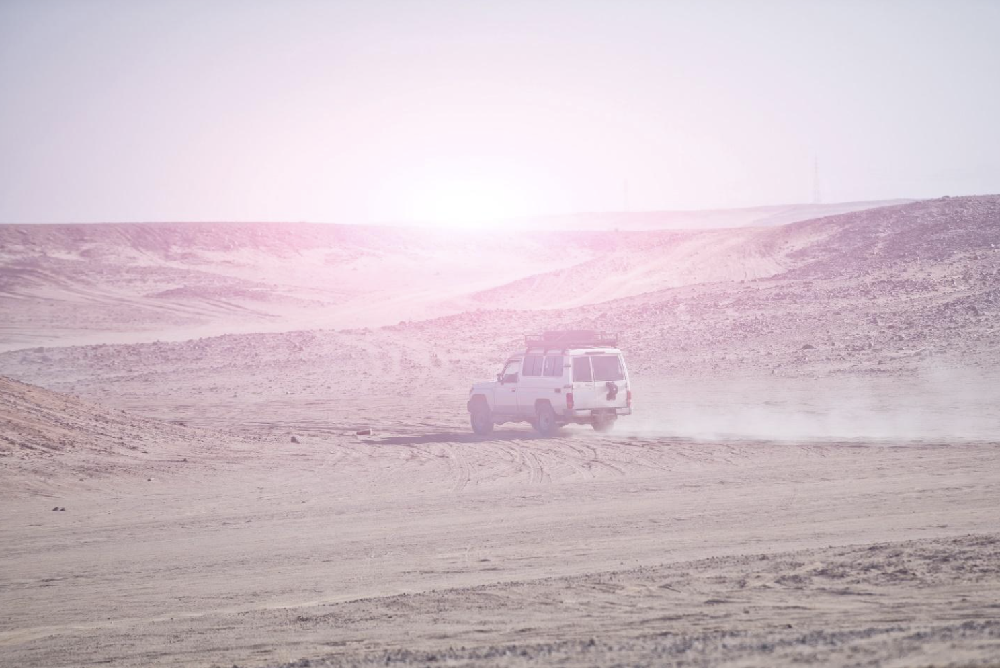
When to Pick a Higher Gear Ratio
Generally, the more challenging the terrain you drive on, the higher your gear ratio should be. The best examples are if you regularly drive on steep hills, tackle dunes or do advanced rock crawling. With the extra torque delivery, you can more easily accelerate from a stop and have more control when navigating these surfaces at slow speeds. Some rock crawlers aim for an FDR as high as 130. To achieve this, you’ll need a very short first transmission gear — perhaps as high a ratio as 6:1 — plus a transfer case with a good low range.
When to Pick a Lower Gear Ratio
There are two situations where lower gear ratios are best. One is when you drive on a lot of slippery surfaces such as snow, mud and soft grass. Lower gear ratios are less likely to cause “wheel spin” and traction loss, especially for less experienced drivers. The other situation is you drive on a lot of flat, open terrain, such as well-packed sand and light off-roading trails. A lower ratio, such as a first gear around 3.07:1 and an FDR in the 50-79 will be able to take advantage of the higher speeds this terrain can handle.
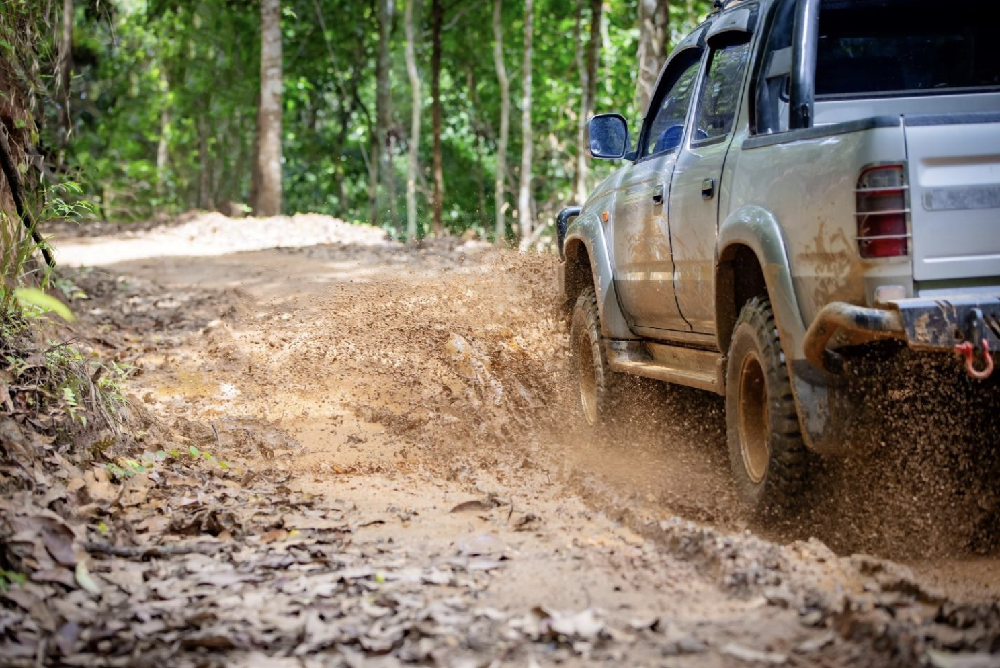
When to Pick a Balanced Gear Ratio
Some 4x4 owners are reluctant to compromise. But when you drive on a lot of different off-road terrains or take overlanding trips, you may have to. A balanced off-road gear ratio — for example, a first gear in the 4.10-4:56:1 range and an FDR from 80 to 109 — lets off-roaders seamlessly switch between dunes, hills, snow, rocks and almost any other surface. You won’t get the absolute best performance on any of these terrains by using a balanced ratio, but it will be more than adequate, and certain drivers are happy to trade off max performance for the added versatility.


